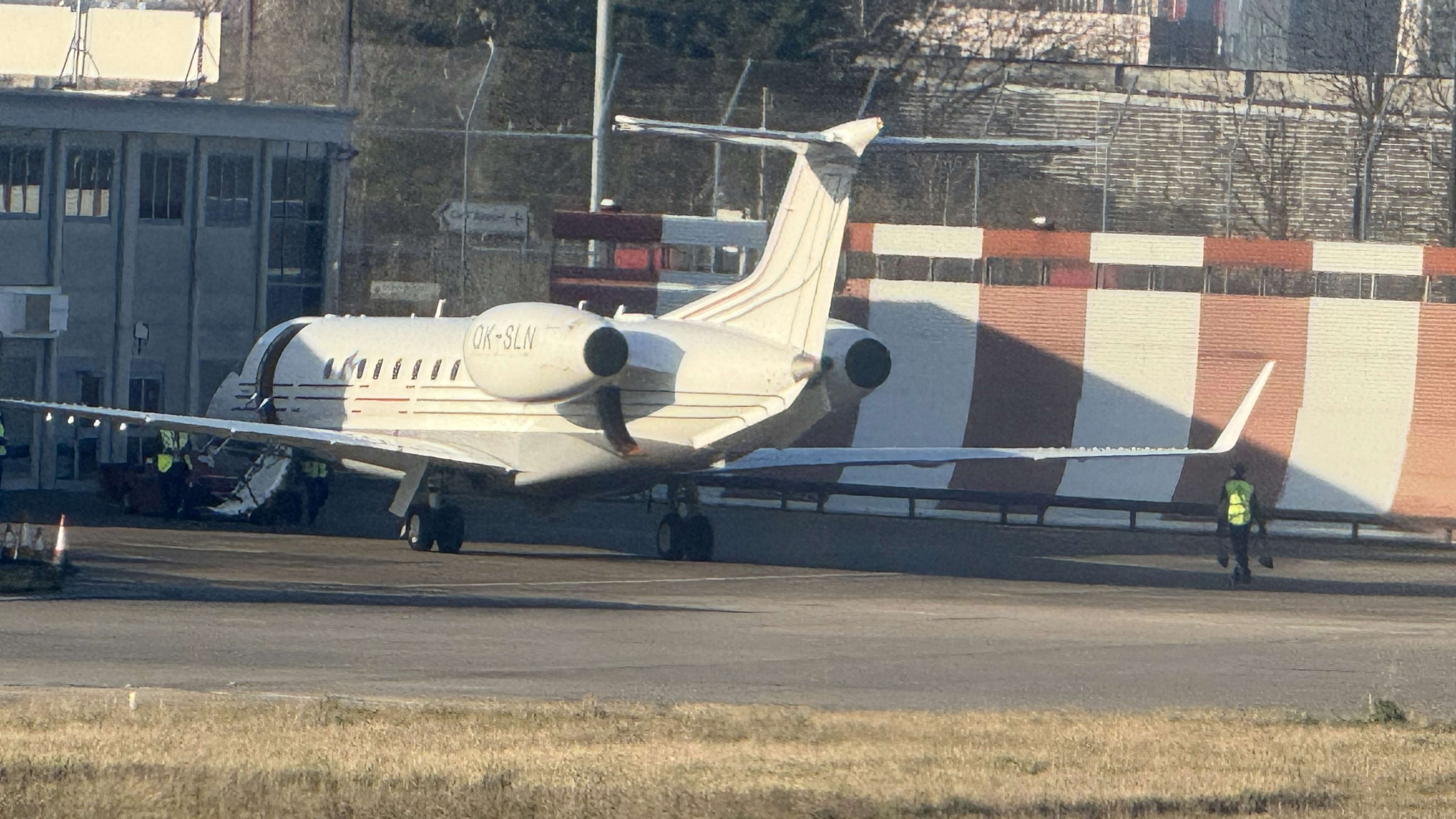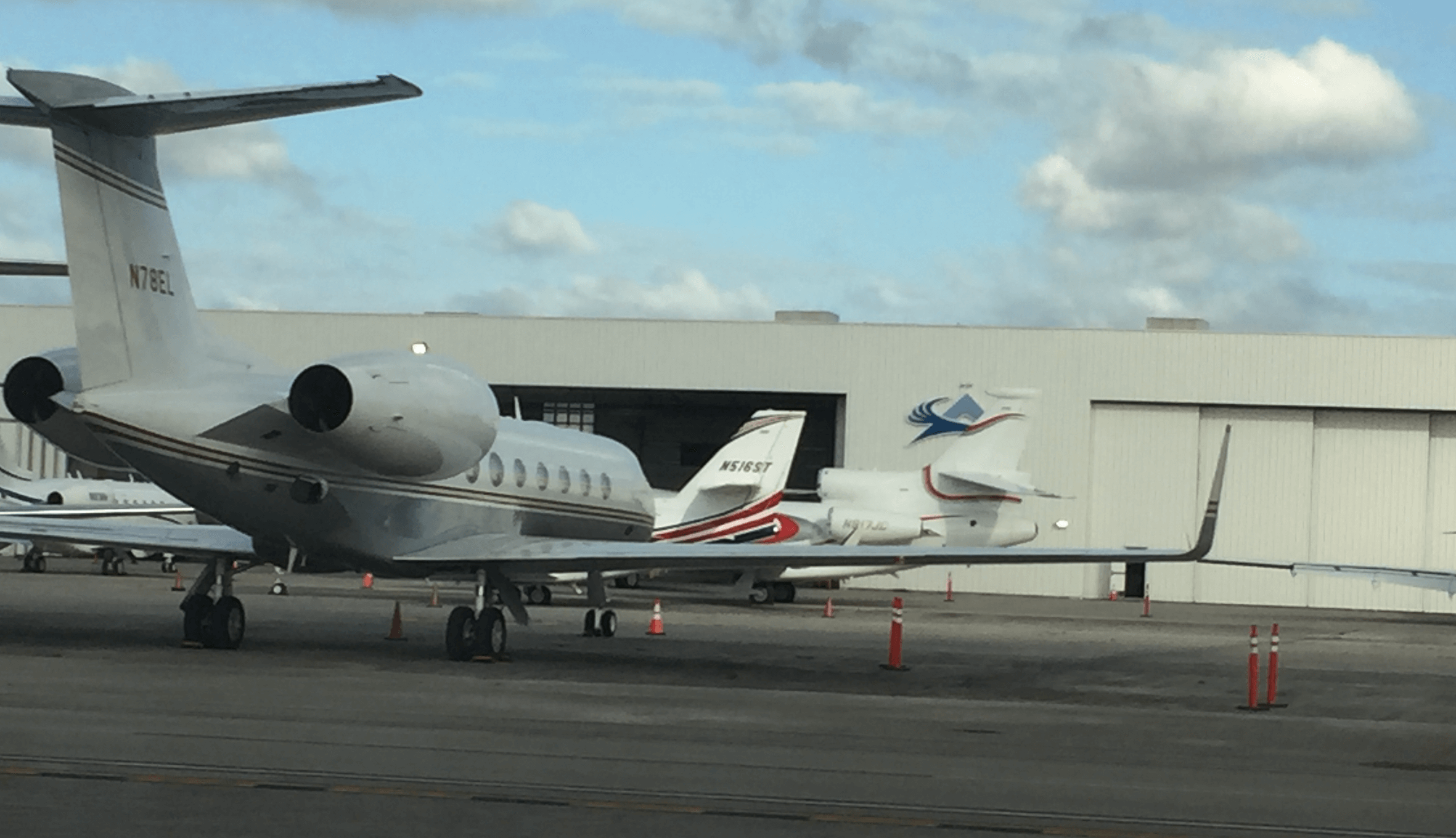

With record demand and tight supply, jet cards with fixed rates and guaranteed availability could prove more attractive to those of you who charter on a flight-by-flight basis.
June was the busiest month for private flights in the U.S. since October 2007, according to Argus TraqPak. WingX reports U.S. flights in the first 26 days of July were 30% ahead of pre-pandemic 2019 levels.
The demand side of the equation is unlikely to get better anytime soon. TraqPak forecasts over 300,000 private aviation flights in North America during August and October, more records. It has been tracking flights since 2007.
Putting a further strain on the system, more of you are booking closer to departure. Avinode, an online directory of operators used by brokers, reports 43% of flight requests in July were within four days of departure. That’s up more than 25% compared to July 2019.
At the same time, an analysis of over 250 jet card programs in the Private Jet Card Comparisons’ database shows the average hourly rate for jet cards rose just 0.1% since May 2021, to $9,018. In May, the average hourly rate was $9,011.
While prices are up 7.3% since December of last year, when a number of companies were selling FET-free jet cards, saving the 7.5% tax, the hourly cost of jet cards is still just 1.8% higher than 2019. Back then, the hourly average was $8,860.
Jet card hourly rates compared (see table below) include fuel surcharges and federal excise tax for U.S. programs. They include all aircraft categories from turboprops and very light jets up to long-haul large-cabin aircraft for providers that offer fixed rates with guaranteed availability.
The rates analyzed are for non-peak day travel and the lead time to book the rates ranges from five to 120 hours.
Since May, hourly pricing for turboprops and very light jets showed the most volatility, although that is mainly a factor that very few programs offer these options. The changes reflect the moves of one operator that withdrew its turboprop program and increased very light jet pricing.
Light jets are the only broad category that has seen a significant hike in rates – up 3.3% in the last 90 days and 12.3.% since the fly-tax-free frenzy of 2020. Still, they are just 4.4% higher than the end of 2019, a difference of just $278 per hour. Currently, the light jet hourly rates for jet cards average $6,291. In December of 2019, it was $6,023 per hour.
| Type | Current Hourly Rate | %Change May-21 | May21 Hourly Rate | %Change Dec-20 | Dec20 Hourly Rate | %Change Dec-19 | Dec19 Hourly Rate |
| Turboprop | $ 4,629 | -3.6% | $ 4,804 | 3.9% | $4,454 | -2.8% | $4,762 |
| VLJ | 5,954 | 8.6% | 5,485 | 16.7% | 5,102 | 5.3% | 5,653 |
| Light Jet | 6,291 | 3.3% | 6,088 | 12.3% | 5,600 | 4.4% | 6,023 |
| Midsize | 7,511 | -0.1% | 7,517 | 7.9% | 6,961 | -0.3% | 7,531 |
| Super Mid | 9,844 | -1.3% | 9,975 | 7.1% | 9,190 | -2.0% | 10,042 |
| Large | 12,852 | -0.6% | 12,930 | 6.1% | 12,109 | -1.4% | 13,033 |
| Long Haul | 15,833 | -2.3% | 16,210 | 3.4% | 15,316 | -5.9% | 16,834 |
| Overall | 9,018 | 0.1% | 9,011 | 7.3% | 8,406 | 1.8% | 8,860 |
At the same time, jet card hourly rates across midsize, super-midsize, large cabin, and long-haul private jets declined slightly since May.
The average hourly rate for midsize jets dropped $6 per hour, while super-midsize rates fell $131 on an hourly basis. Long-haul large-cabin private jets saw the biggest decline, down 2.3% since May, or $377 per hour.
Worth Reading: - Record demand means a new normal, new rules for private flyers - Private jet flying breaks records in July - As private jet flying soars, so do complaints - The 30 largest private jet companies through June 2021 - 5 mistakes jet card buyers make
The negative rate trend in part reflects NetJets’ withdrawal of its Classic jet cards in June. They offered advance reservations and cancelations with just 10 hours’ notice but also carried its highest pricing. NetJets plans to add 100 new private jets by the end of 2022 but has been pulling back on sales to cope with record demand.
So how does jet card pricing compare to chartering on a flight-by-flight basis?
We took a look at charter broker pricing, comparing one-way rates from Kansas City to Raleigh/Durham and Teterboro to Palm Beach. The latter connects two of the busiest airports for private jet flights in the nation. We used the estimated flight times provided by the broker in both scenarios.
Using our exclusive QUICK COMPARE FLIGHT PRICING tool, jet card flight costs were significantly cheaper than on-demand charter on the less-traveled route. From New York to South Florida the price advantage was less clear.
Based on the current jet card average hourly light jet rate of $6,291, based on 120 minutes flying time, and adding 12 minutes for taxi time as most jet cards do, the jet card flight cost would be $13,840 compared to $16,723 for a one-off charter flight, a savings of $2,883 (see table below).
| Type/Minutes | On-demand | Jet card | Jet card savings |
| Light Jet (120 minutes) | $16,723 | $13,840 | $2,883 |
| Midsize (124) | 20,169 | 17,025 | 3,144 |
| Super Midsize (100) | 26,784 | 18,357 | 8,427 |
| Large (117) | 29,423 | 27,632 | 1,791 |
Based on 124 minutes of flight time on a midsize jet, again using the current average midsize jet card rate, the jet card flight at $17,025 ended up $3,144 less than the on-demand booking.
For a super-midsize jet – faster at 100 minutes, using a jet card would yield a savings of $8,427, based on current average jet card pricing.
For large-cabin jets, jet cards had a slimmer $1,791 margin with an approximate flight cost of $27,632 compared to $29,423.
Comparing jet card pricing with on-demand charter quotes, always difficult as it varies by route and demand, lead time for bookings. And then there are other variables, in that some jet cards include deicing.
We also looked at Teterboro to Palm Beach (see table below), a high-volume route. For light and midsize jets, jet cards and on-demand prices were essentially equal.
| Type/Minutes | On-demand | Jet Card | Jet card savings |
| Light Jet (162 minutes) | $18,054 | $18,244 | $(190) |
| Midsize (142) | 19,794 | 19,278 | 516 |
| Super Midsize (124) | 26,784 | 22,313 | 4,471 |
| Large (133) | 26,176 | 31,059 | (4,883) |
With super-midsize aircraft, jet cards were $4,471 cheaper using current average pricing, $22,313 versus $26,784. On-demand had a similar advantage, $4,883 less when it comes to large-cabin private jets.
Generally speaking, fixed-rate jet cards have better cancelation and service recovery terms than on-demand charters. In speaking to several subscribers who have seen a marked increase in charter quotes, it probably makes sense to consider a jet card option in your portfolio of private aviation solutions. This is particularly true if you travel between airports that don’t have high volumes of private flights, nothing new.
The other factor to consider is more rate increases from card providers if demand continues. Many programs guarantee their rates for at least 12 months, so brokers and operators need to consider their future costs. Look for jet card price hikes before the end of the year.